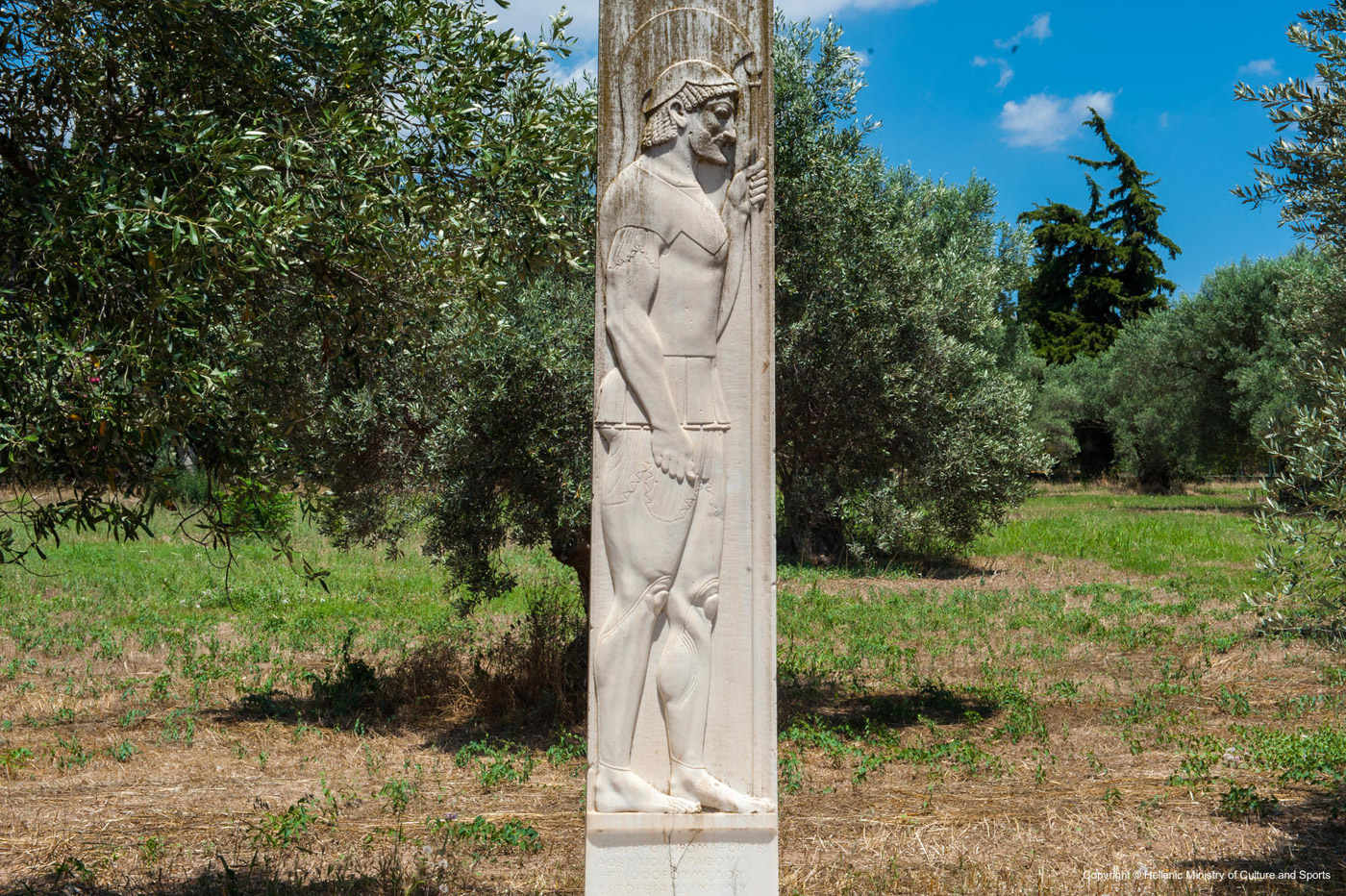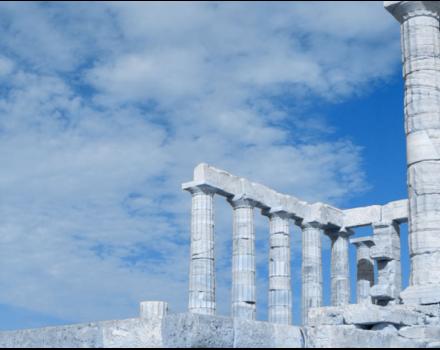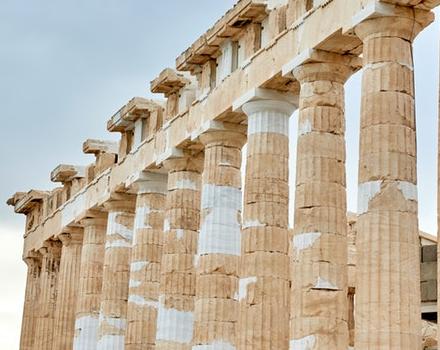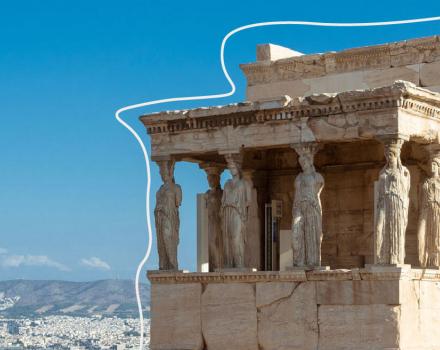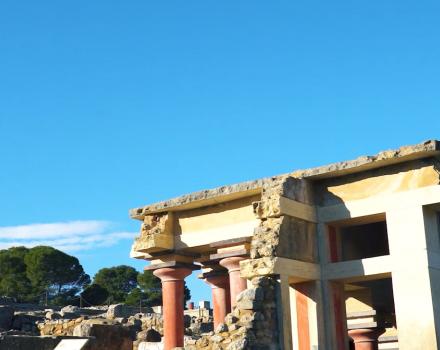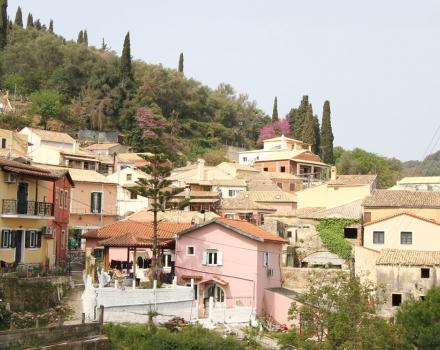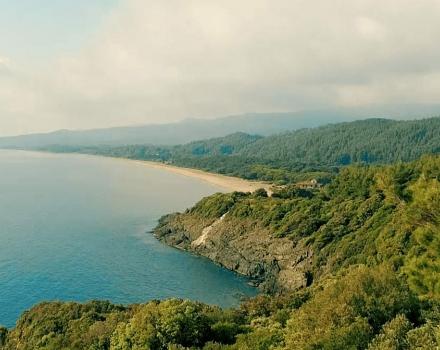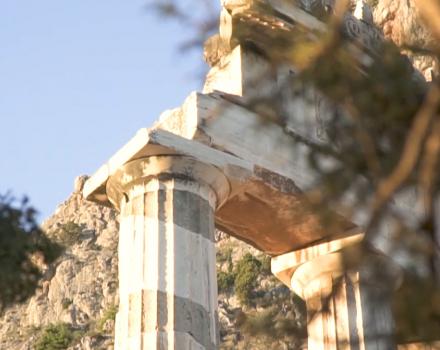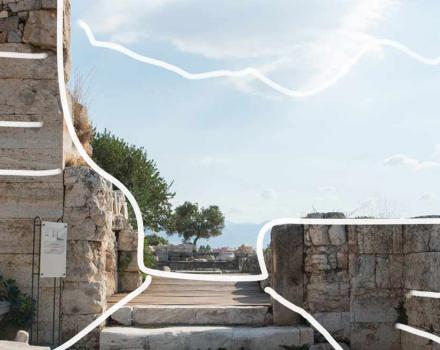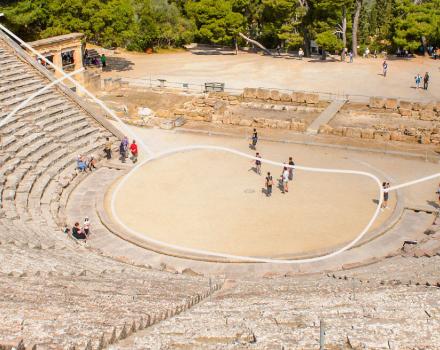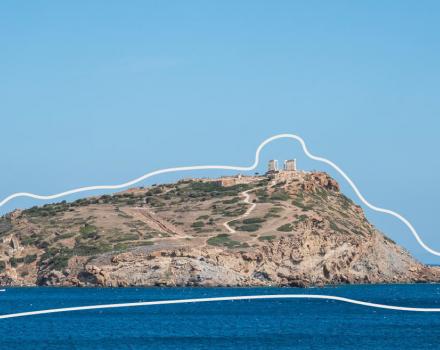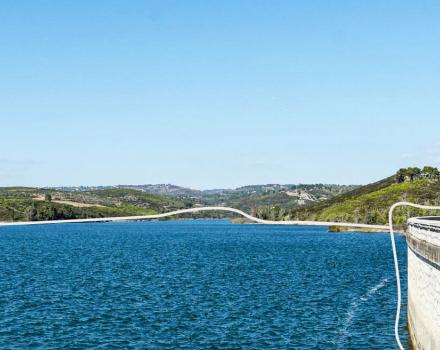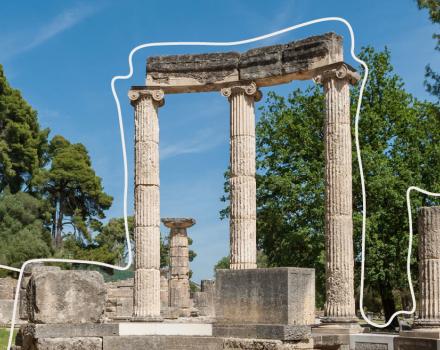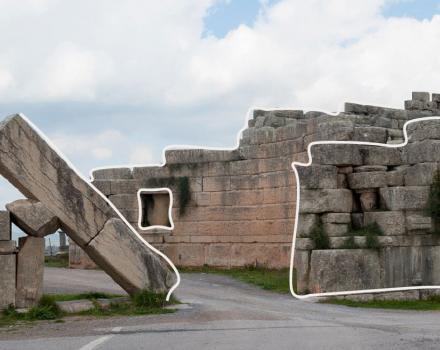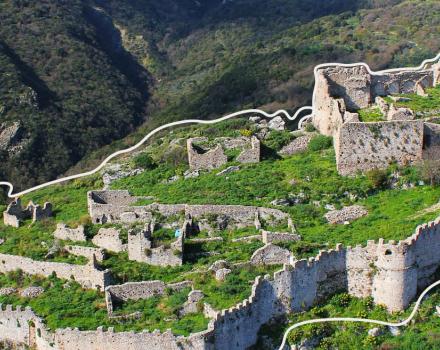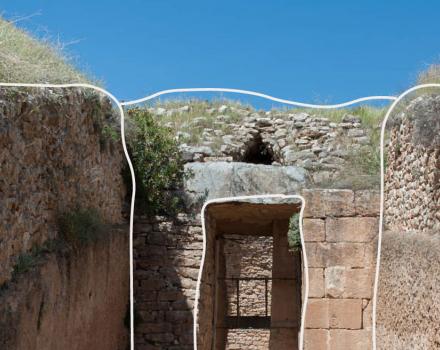"Master, remember the Athenians". This phrase was repeated by a slave to Darius at his every meal, by his own order. The king of the Persians wanted to remember the Athenians because Athens, together with Eretria, where two Greek cities that supported the Ionian Revolt (500/499 B.C. – 494 B.C.) against the powerful Persian Empire. The punishment, for prestige and exemplification reasons, lead to the Persians’ campaign against Greece, in 490 B.C. However, the Persian army was defeated by the Athenians and the Plateians in the Battle of Marathon, which was one of the greatest events of complete overturn in History.
If you happen to be in Athens, don’t miss out on visiting the near-by Marathon, the name of which is known all over the world, also by the “Marathon Run”, the Olympic sport that was established in the first modern Olympic Games (Athens, 1896). It is the location where the first clash on Greek soil between Greeks and Persians took place and the first amphibious operation in history. On the battle ground, only the grassy tumulus of the warriors who fought in the Battle of Marathon is saved, the pieces of a marble pillar and some inscriptions. Humble remains, echoing back to man’s unique ability to compose History with the most unpredictable scenarios.
"The Battle of Marathon gave the critical blow to the Persian arrogance. Through this, the Athenian democracy reached adulthood and the Athenians, alone against the Persians, based their ruling position of Greece on that victory.
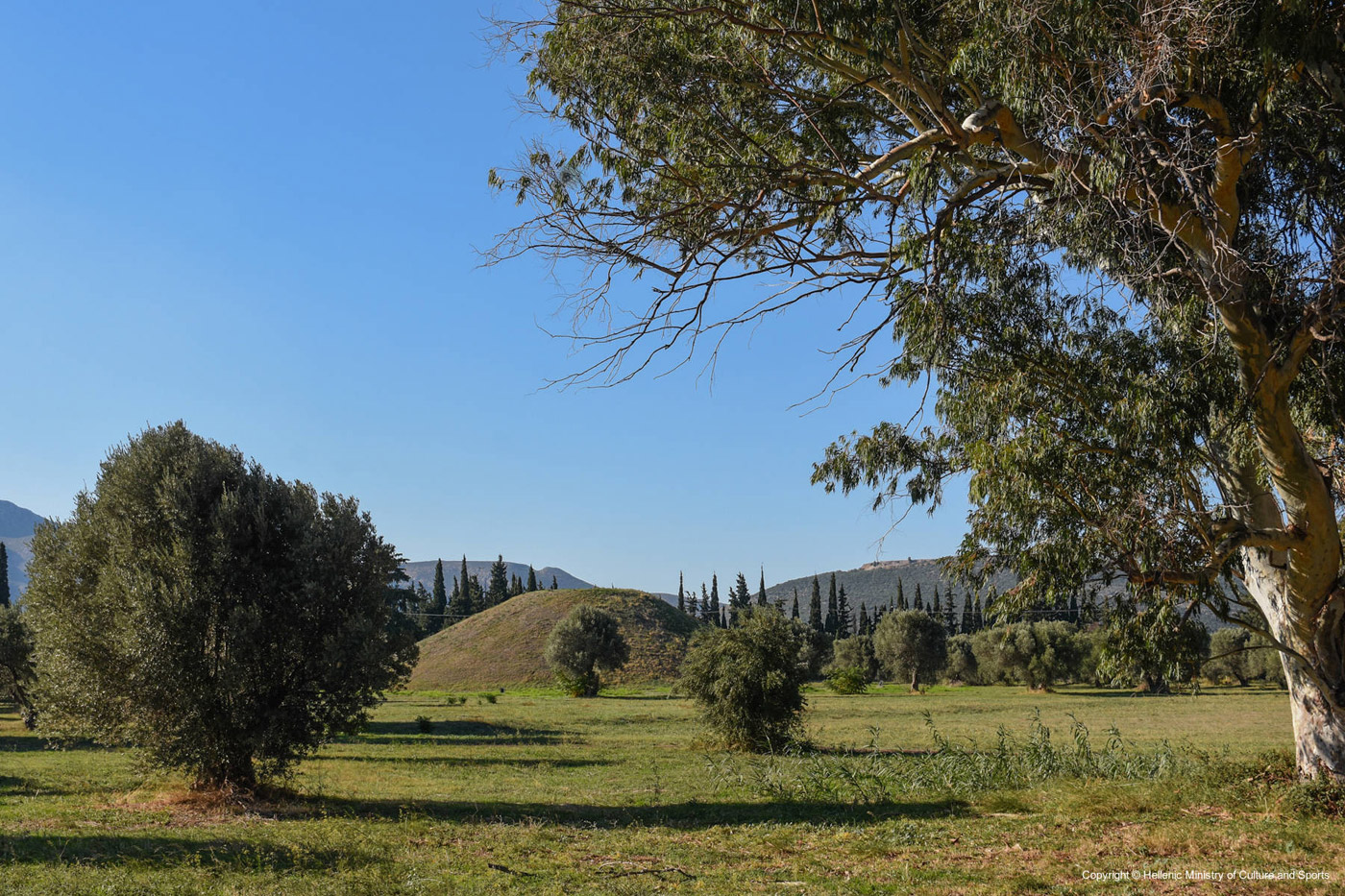
An uneven battle
As it happens in every mythical battle, the information on the clash of Persians and Greeks in Marathon has the element of exaggeration. According to Lycurgus, 90.000 Persians disembarked on the shores of Marathon valley, while Cornelius Nepos raises that number to 210.000 and Justinian to 600.000. More modern historians estimate that the Persians were not more than 12.000-25.000 since the decked triremes and the transport ship could carry 40 or 70 heavily armed soldiers accordingly. It is estimated that they were, more likely, around 12.000 men, as the number of 600 ships mentioned Herodotus is judged to be an exaggeration (they were probably around 300). The Greek forces counted 9.000 Athenians and 1.000 Plateians (their city was a loyal ally of the Athenians). The mighty Spartan army arrived after the battle ended.
As far as the battle’s record goes, ancient historians inform us that is preceded by an irritating hold, from the 8th or 9th of September, until its prosecution on the 16th of the same month. This delay was favoring the Athenians, who had ensured the road to Athens and could wait for the Spartan reinforcements, while rendered the decision of Persian general Datis, incomprehensible. The conclusion is that the Persians wanted to keep the Athenian force immobilized in Marathon until the siege of Eretria was completed. Until suddenly, the news of Eretria’s fall arrived and the Persian general Artaphernes lifted the anchors to join with Datis. Not in Marathon but Phalerum, next to Athens.
""The Persians thought that the Athenians had gone mad and were heading towards doom, as they saw them few and running without cavalry or archers" as Herodotus states, describing the Battle of Marathon.
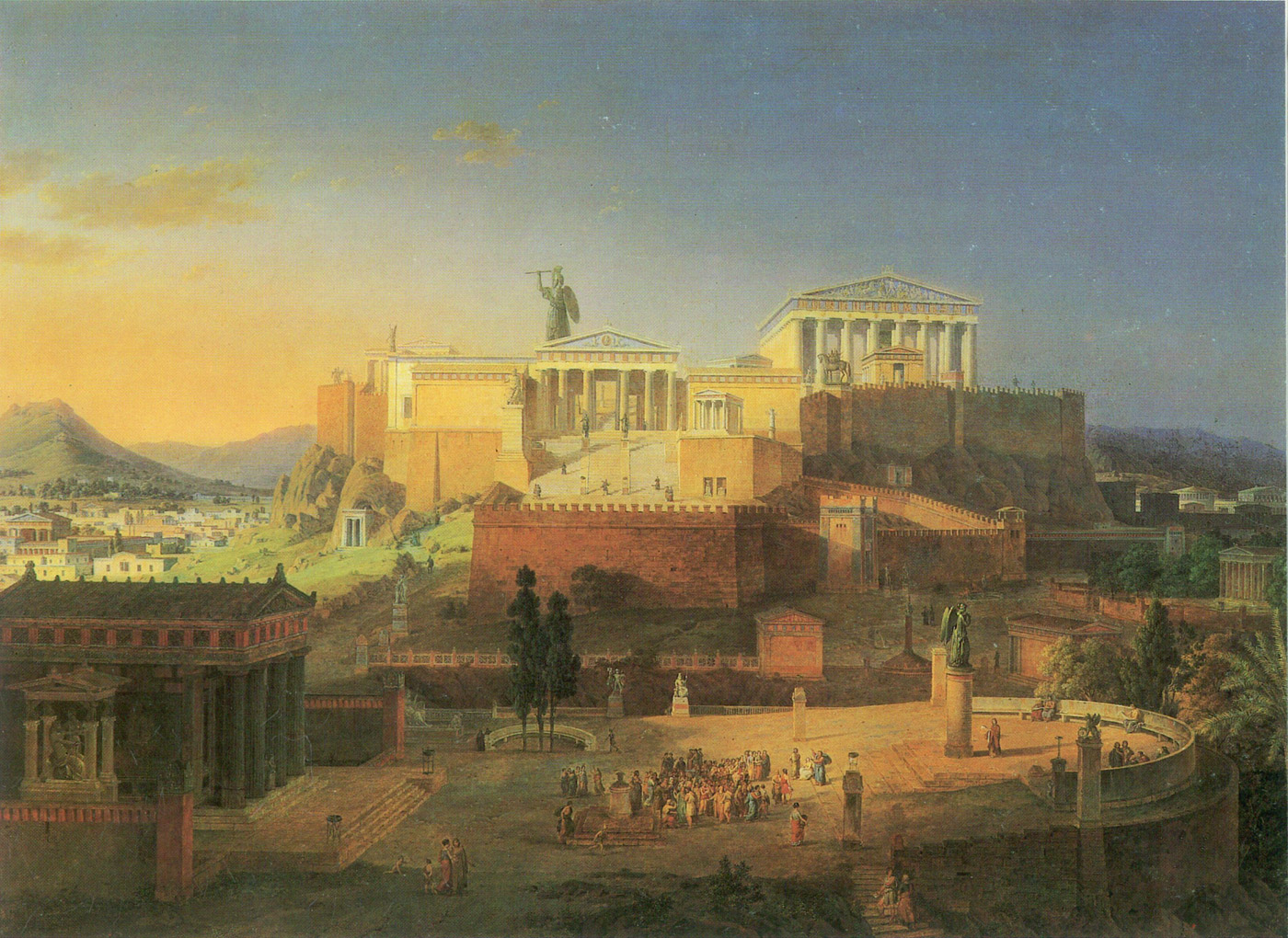
The Greek onslaught
The time for the clash had arrived and any more delay might have been fatal. The two lines were separated by a distance of eight stadiums (around 1.500 m.). On one side was the colorful and loud crowd of the Persian army. On the other side was the silent and compact Greek phalanx that was seen from afar as a bronze wall. The sacrifices were made and proved favorable. The signal for attack was given by general Miltiades by raising his arm. The image given by the Greek phalanx must have been terrifying as it stormed running, not only the 150-200 m. that was the range of the hostile arrows but the full 1500 m. separating it from the enemy lines. This is the image given by Herodotus, adding: “The Persians thought that the Athenians had gone mad and were heading towards doom, as they saw them few and running without cavalry or archers”.
Having a much stronger, in number, army against him, Miltiades designed the formation of the Greek troops with a weakened center and a concentration of forces in the horns. At some moment, the elite forces of the Persian army broke the thin line of the Athenian formation. It was the most crucial moment of the battle as, with the destruction of the center, there was the danger of surrounding and destruction of the two horns covering the sides. But the Athenians and Plateians holding the horns had already managed to chase their enemies away and crushed them by converging the horns.
After the victory of the Athenians, they chased the defeated until their ships, where the Persians’ losses in manpower were even greater. The Athenians tried to burn their ships or, as Herodotus mentions, to prevent the departure with hands and teeth. As was done by Cynaegirus, brother of Aeschylus, who grabbed a ship with his hand. When a Persian amputated it, he grabbed the shi with his other hand and when he lost that one too, he grabbed the ship with his teeth until his last breath, when the Persian cut his head. The Athenian losses were 192 warriors who fought in the Battle of Marathon that were buried on the battle field, in the famous Tumulus that preserves, in the quiet rural scenery of Marathon, the remembrance of that terrible clash among two great civilizations, cultures and worldviews.
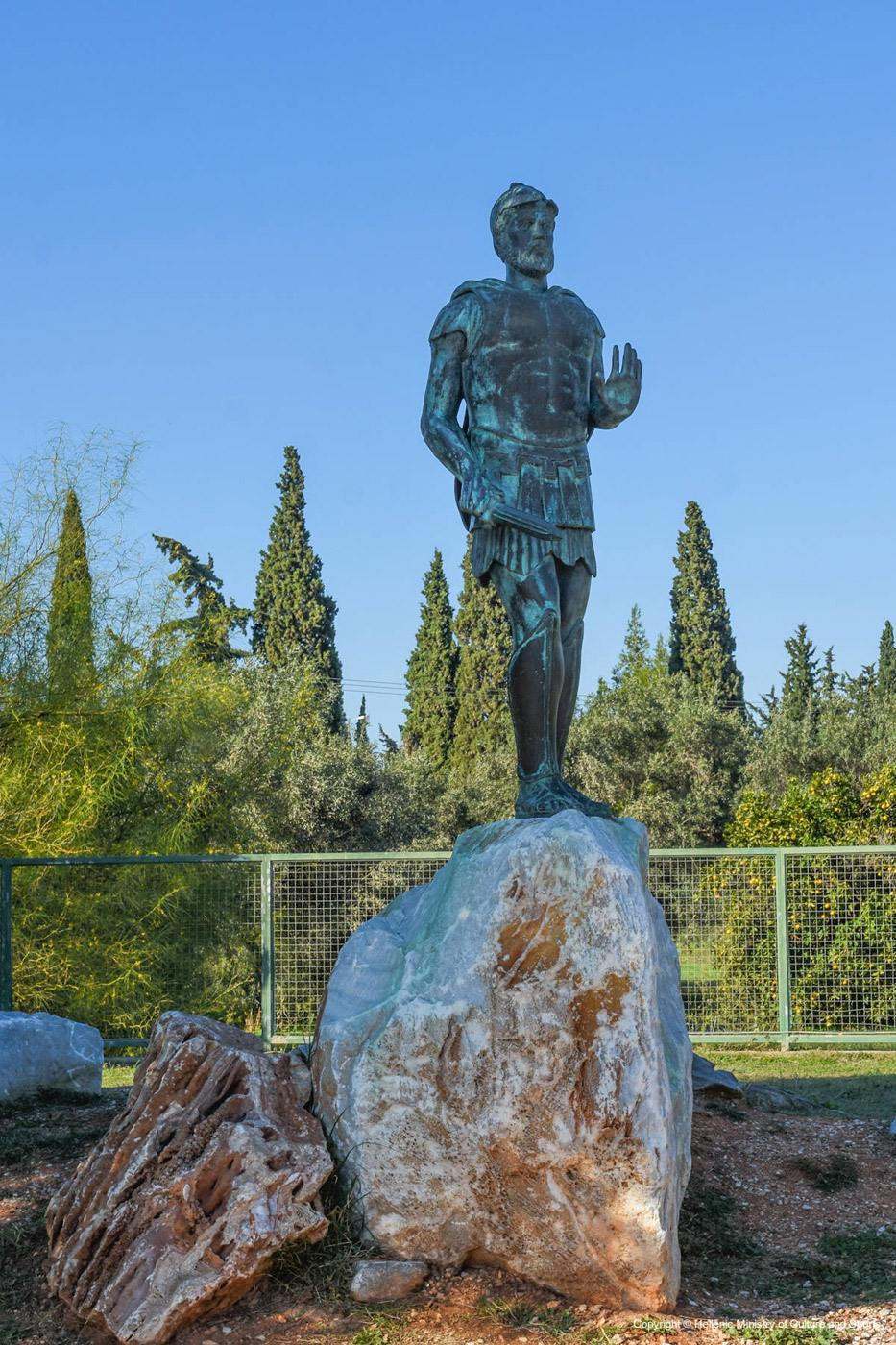
Mythical dimension
Let us examine why this battle was so important. “What was Athens for Darius, even Sparta? Some troublemakers among a crowd of cities on the other side of the Aegean, which were in constant dispute with each other” as it is mentioned by archaeologist George Steinhauer in the remarkable edition “Marathon and the Archaeological Museum” by Eurobank EFG. We should remind that the disputes were also agonizing the internal affairs of the cities, among which was also Athens. So it might be that the later victories against the Persians “in Salamis and Plataea were the most important ones for the future of civilization”, as the writer points out. The battle though “that gave the critical blow to the Persian arrogance and through which, the Athenian democracy reached adulthood” was the one in Marathon. Alone against the Persians, Athenians "based their ruling position of Greece on that solitude".
The battle of Marathon took mythical proportions as shown by the exaggerations for the size of the Persian army or, for example, for the race of the Greek phalanx, when it is impossible for such a heavily armed soldier to run such a great distance. This mythical proportion and the later glory of the battle, had been, to some degree, “the creation –and the alibi- of the Athenian ruling politics. But this battle was also the first and greatest challenge of unity and the source of confidence that based the greatness of Athens”. Against the enemy and the brutality, Athenians stood united. And triumphed.
Replica of the Trophy erected by the Athenians of their victory in the Batte of Marathon. On top of the column there was probably a statue of Nike.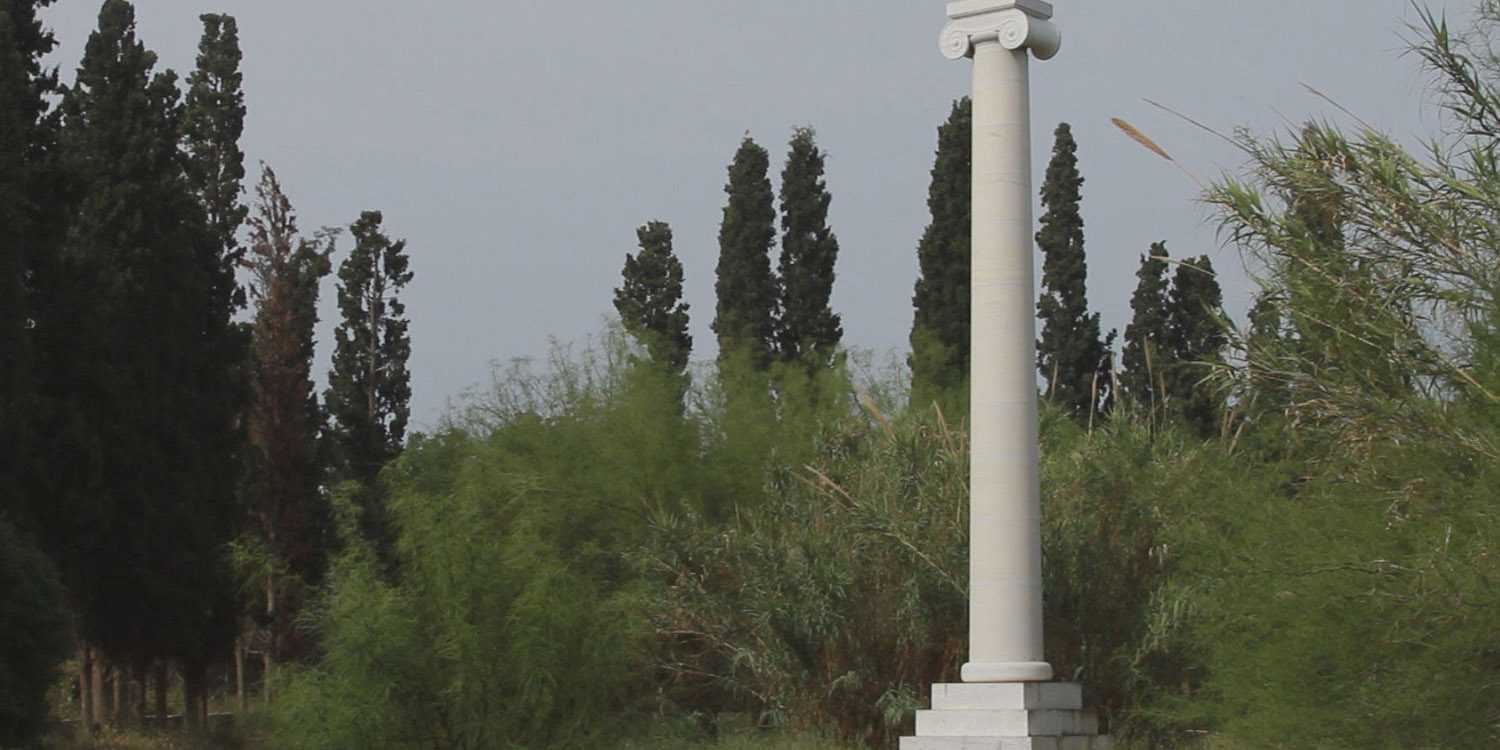 If you want to know more about the Battle of Marathon and this beautiful corner of the Attic land, visit the virtual tour – travel destination MARATHON (Virtual Tour) of YouGoCulture:http://yougoculture.com/virtual-tour/marathon/
If you want to know more about the Battle of Marathon and this beautiful corner of the Attic land, visit the virtual tour – travel destination MARATHON (Virtual Tour) of YouGoCulture:http://yougoculture.com/virtual-tour/marathon/
